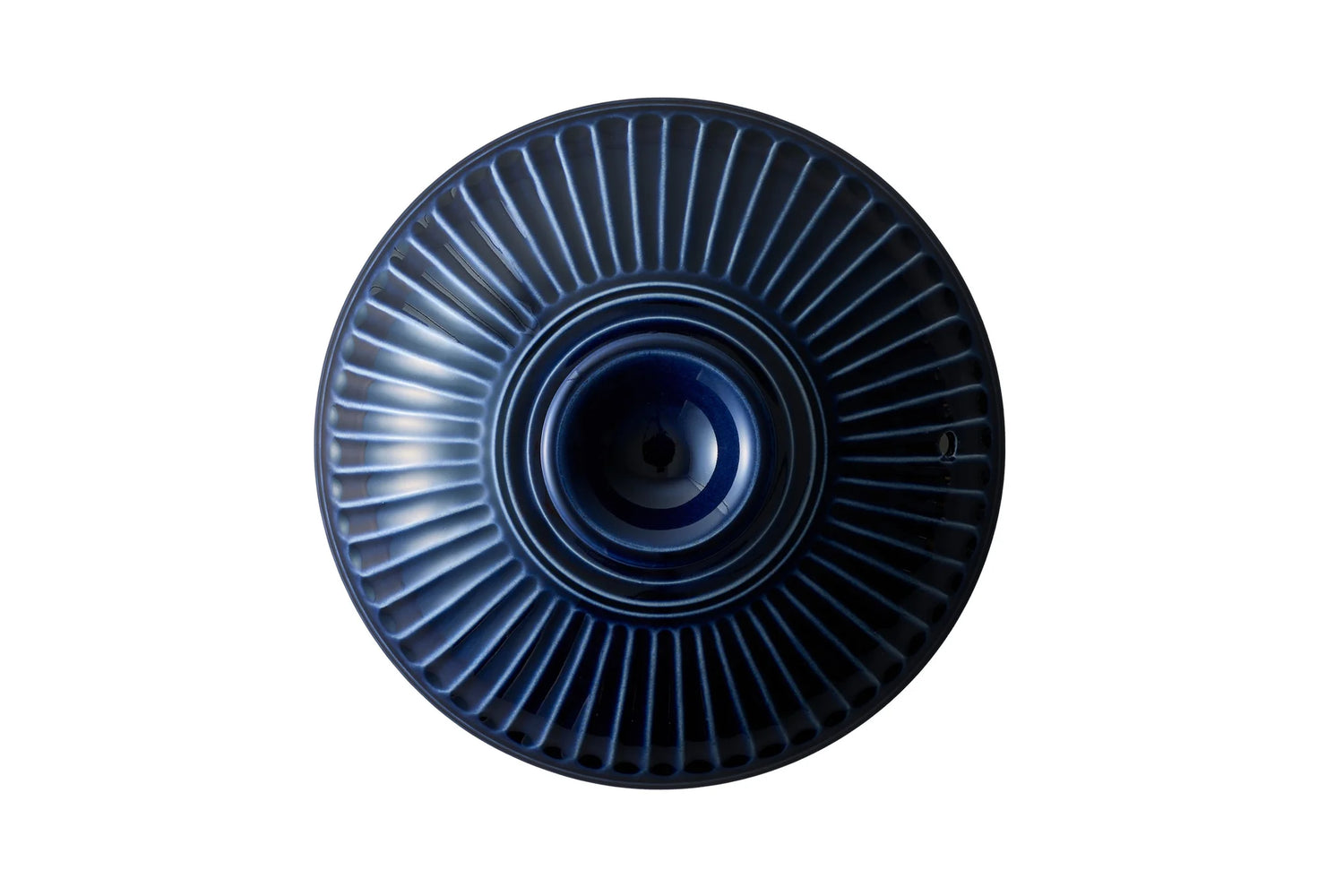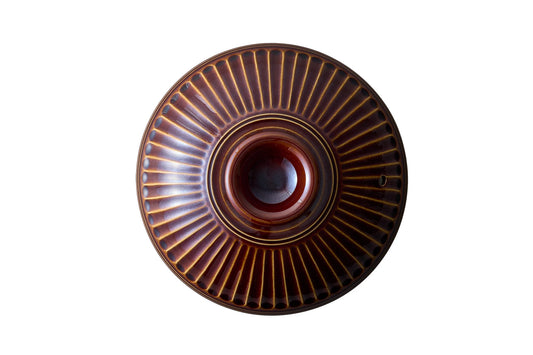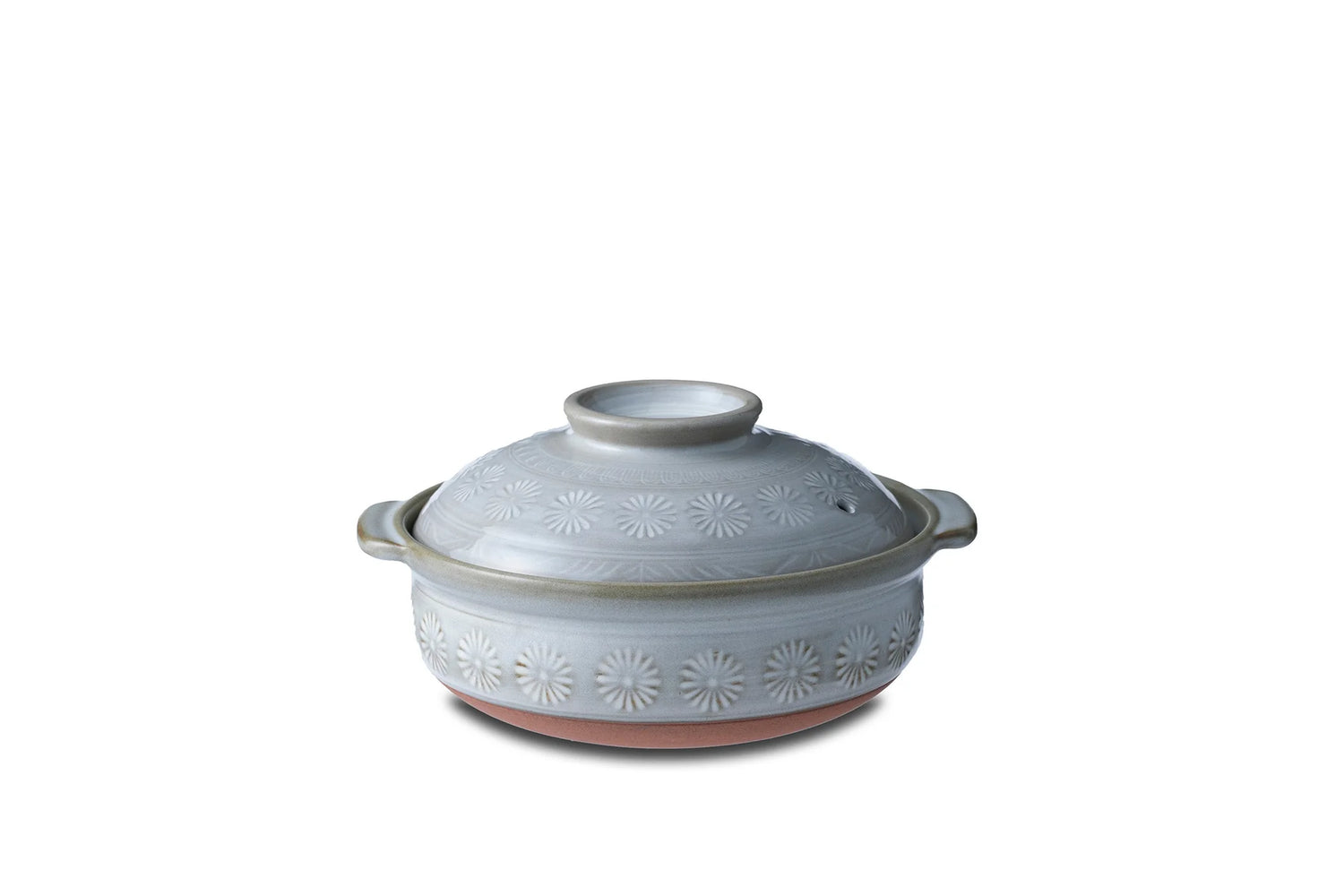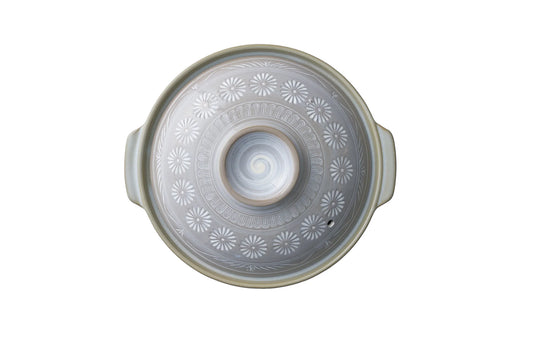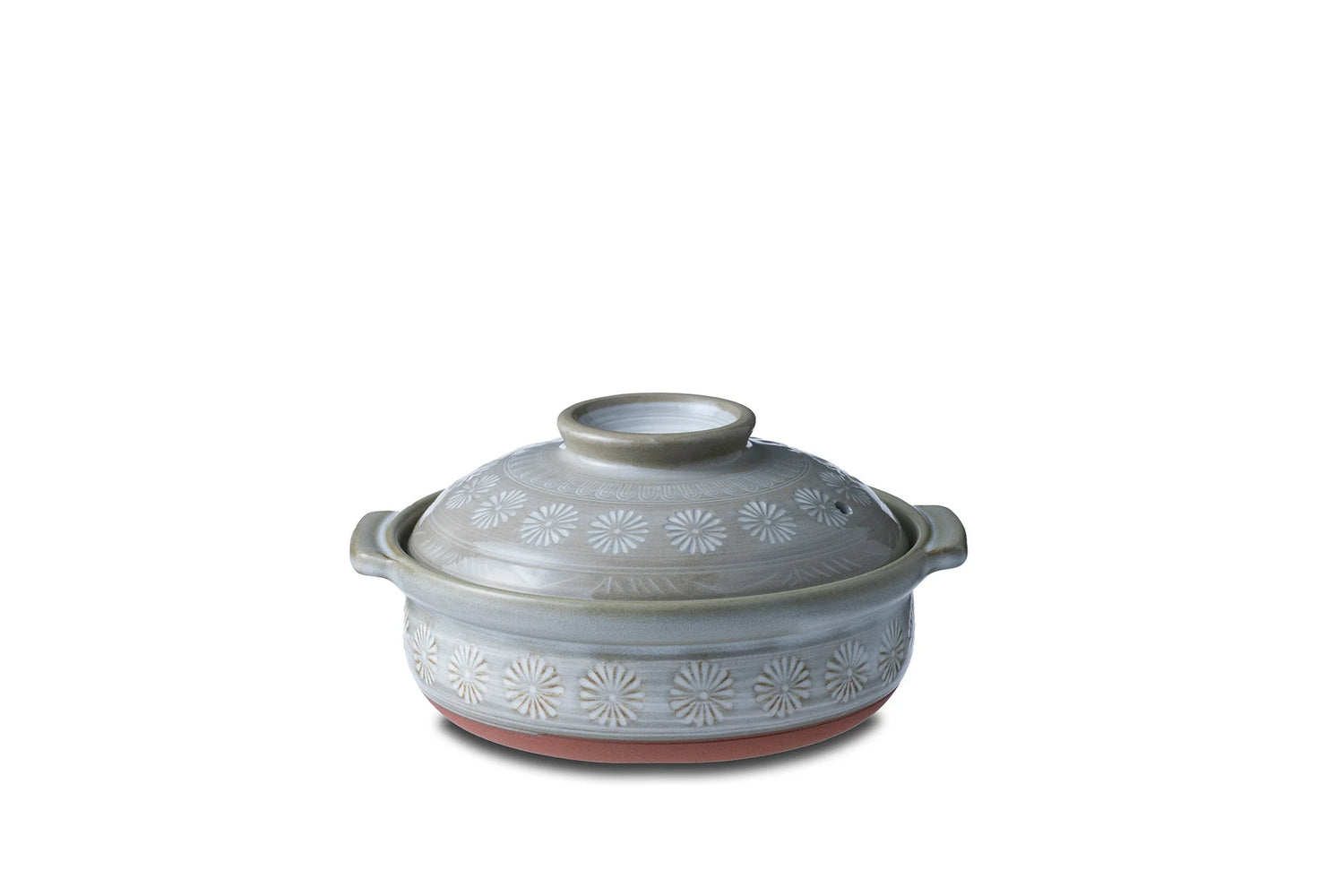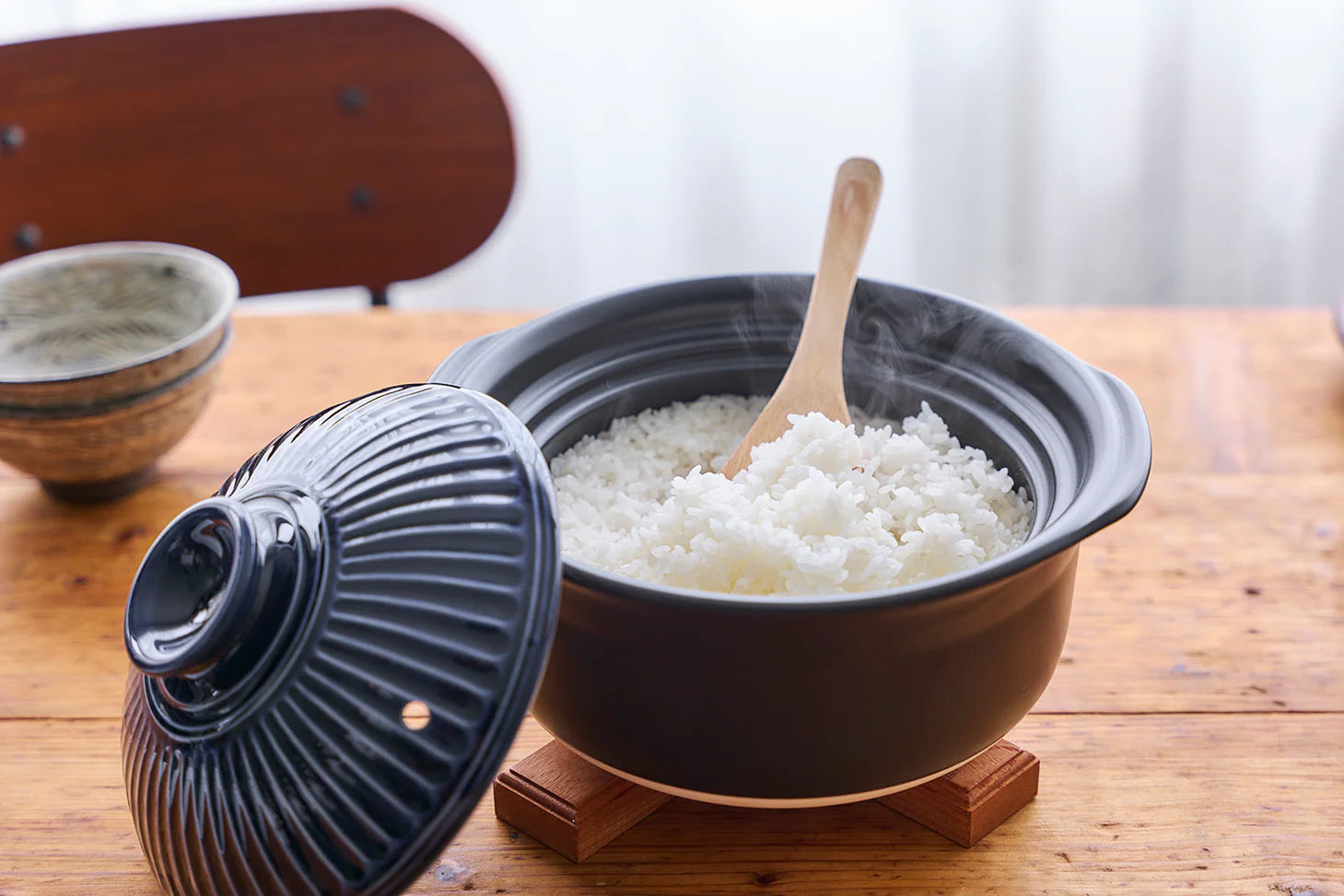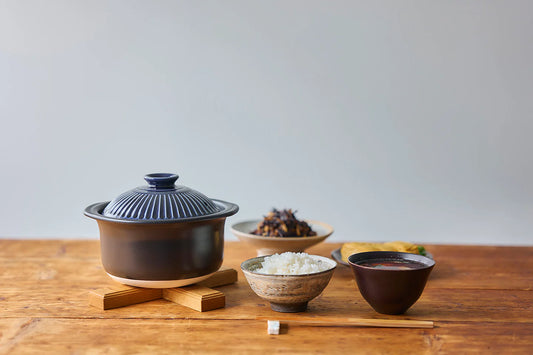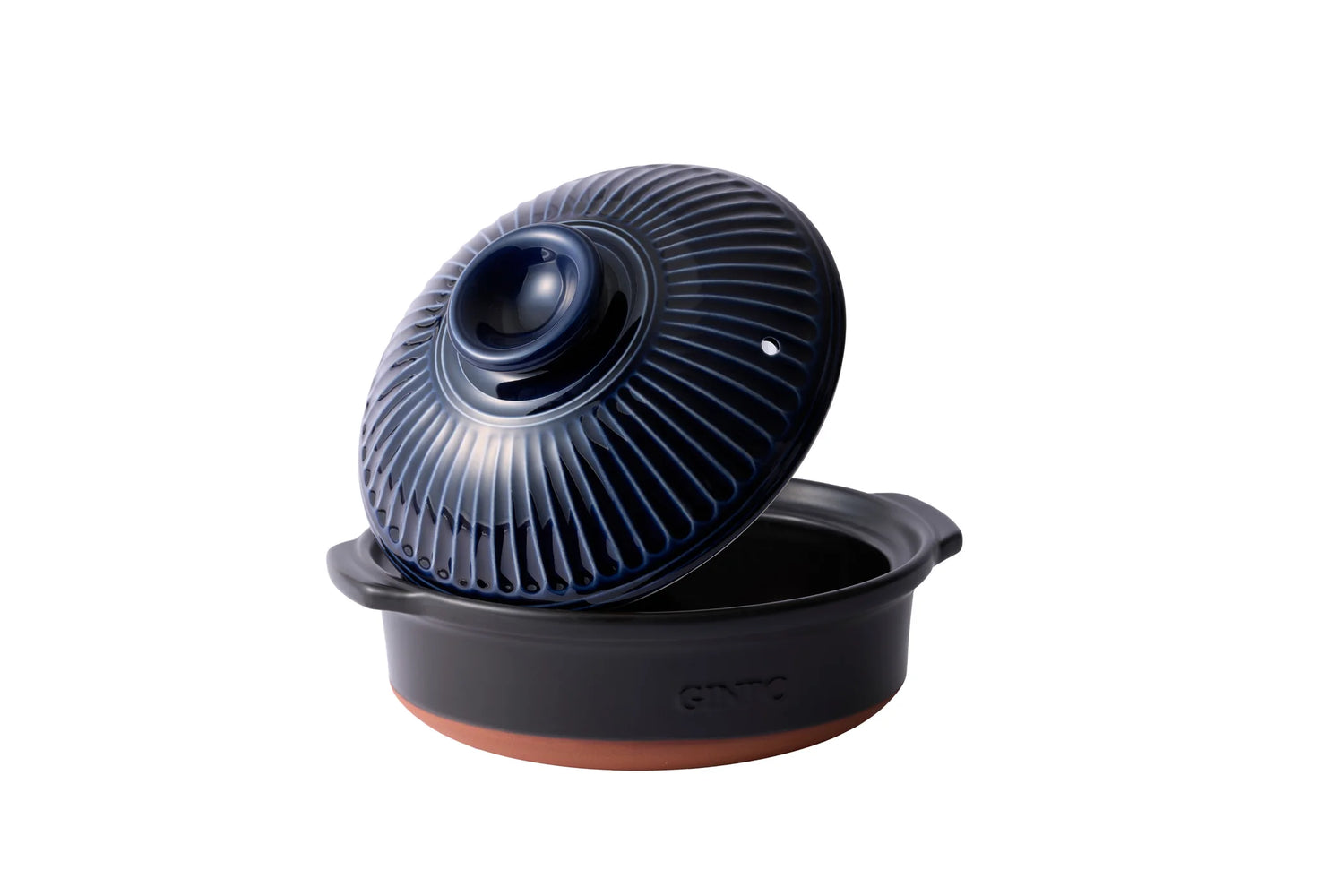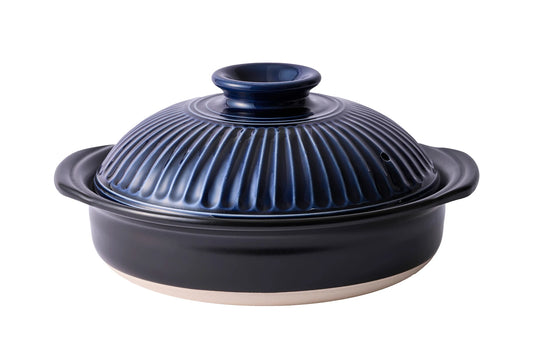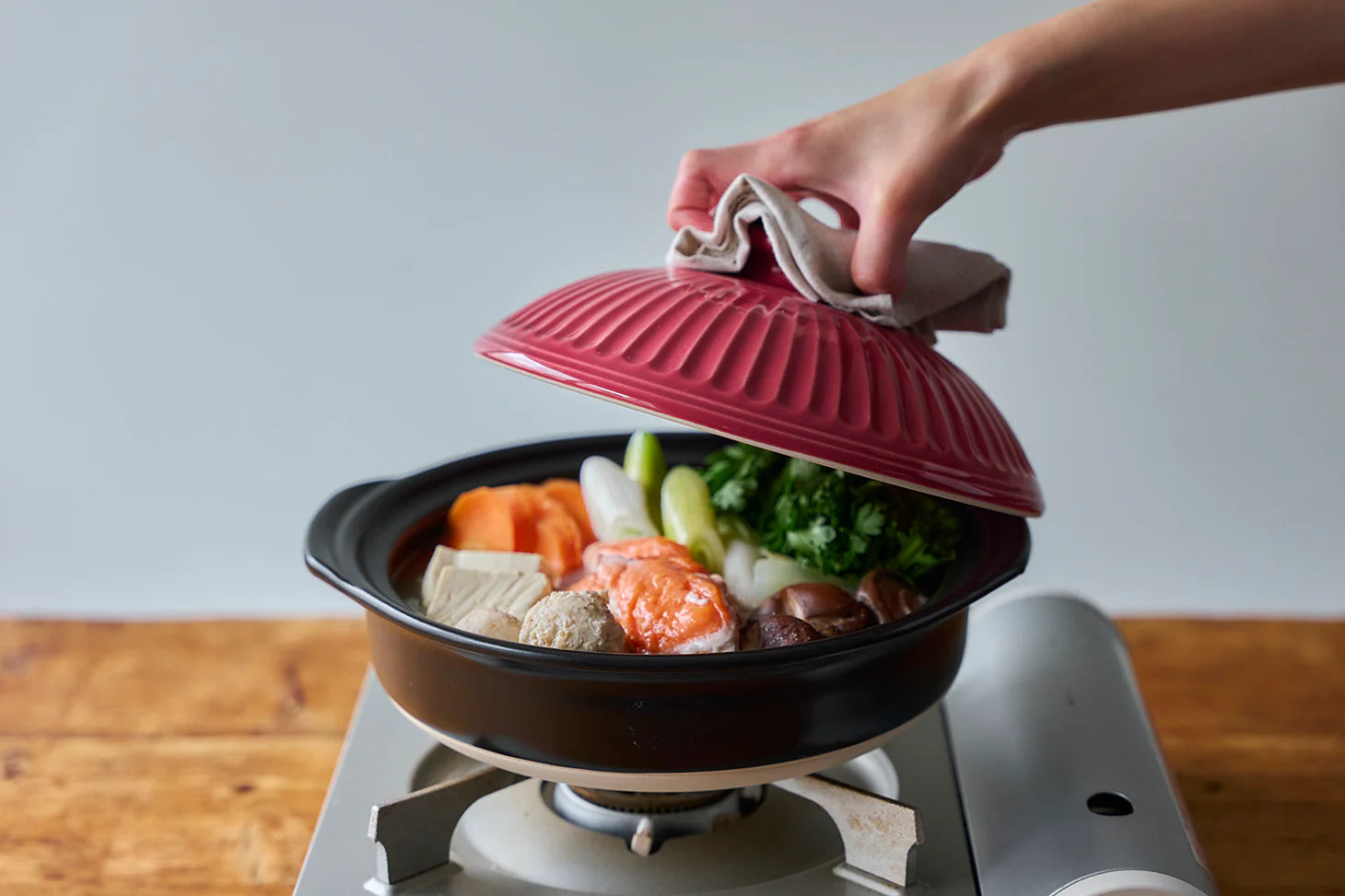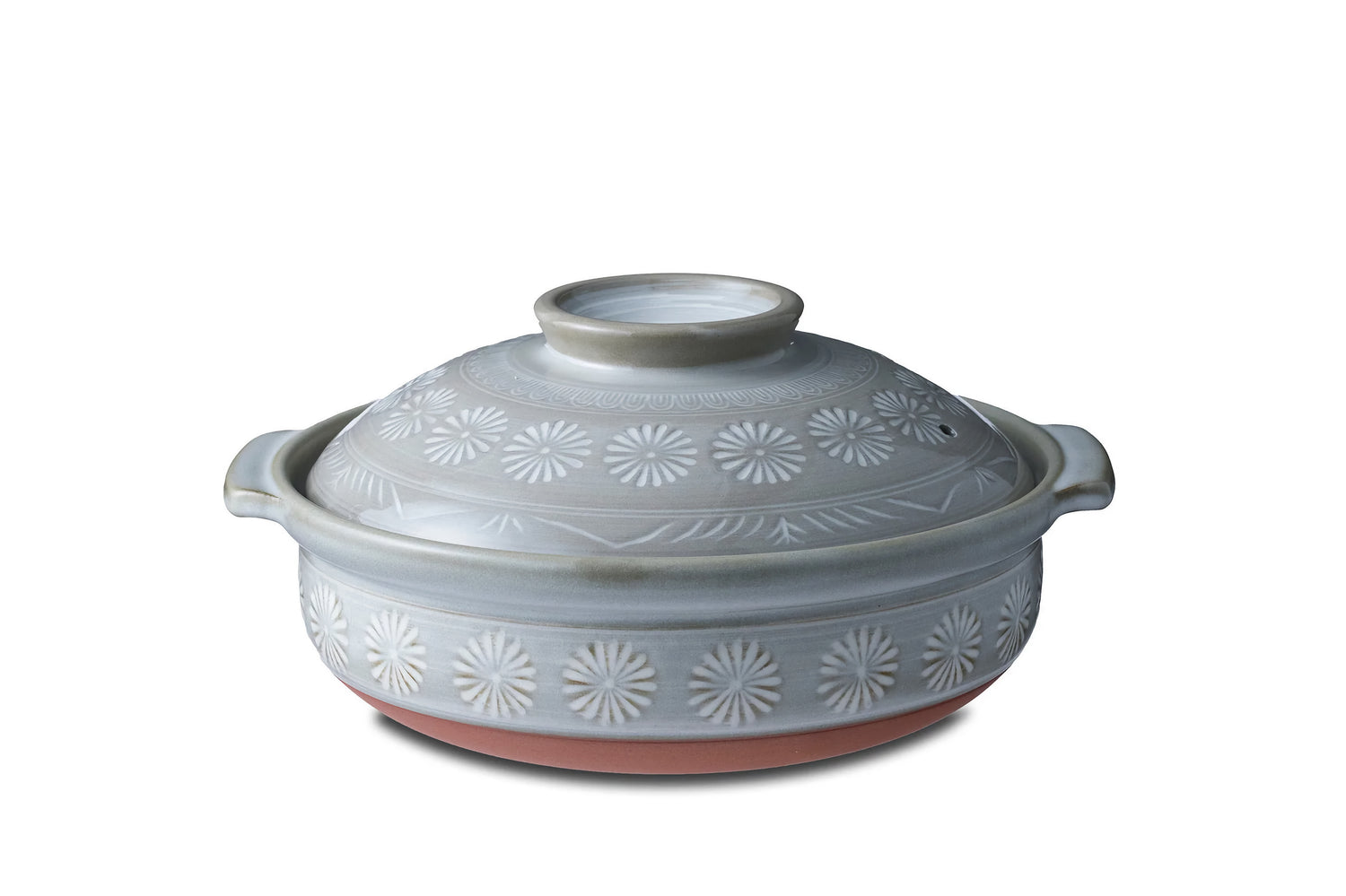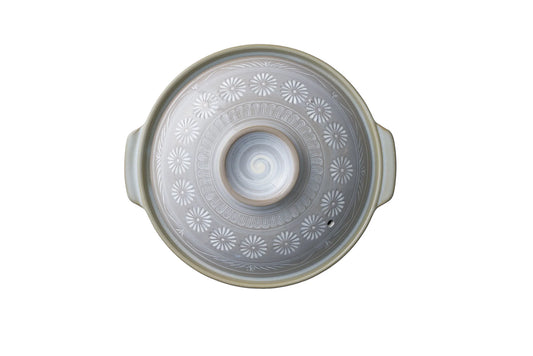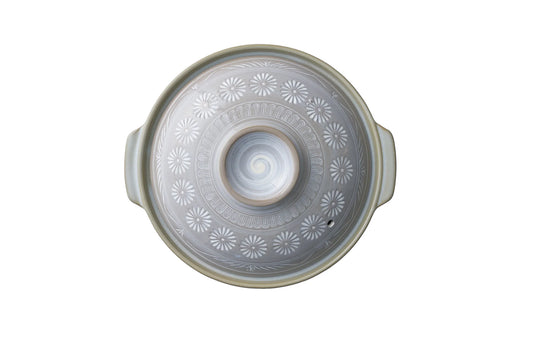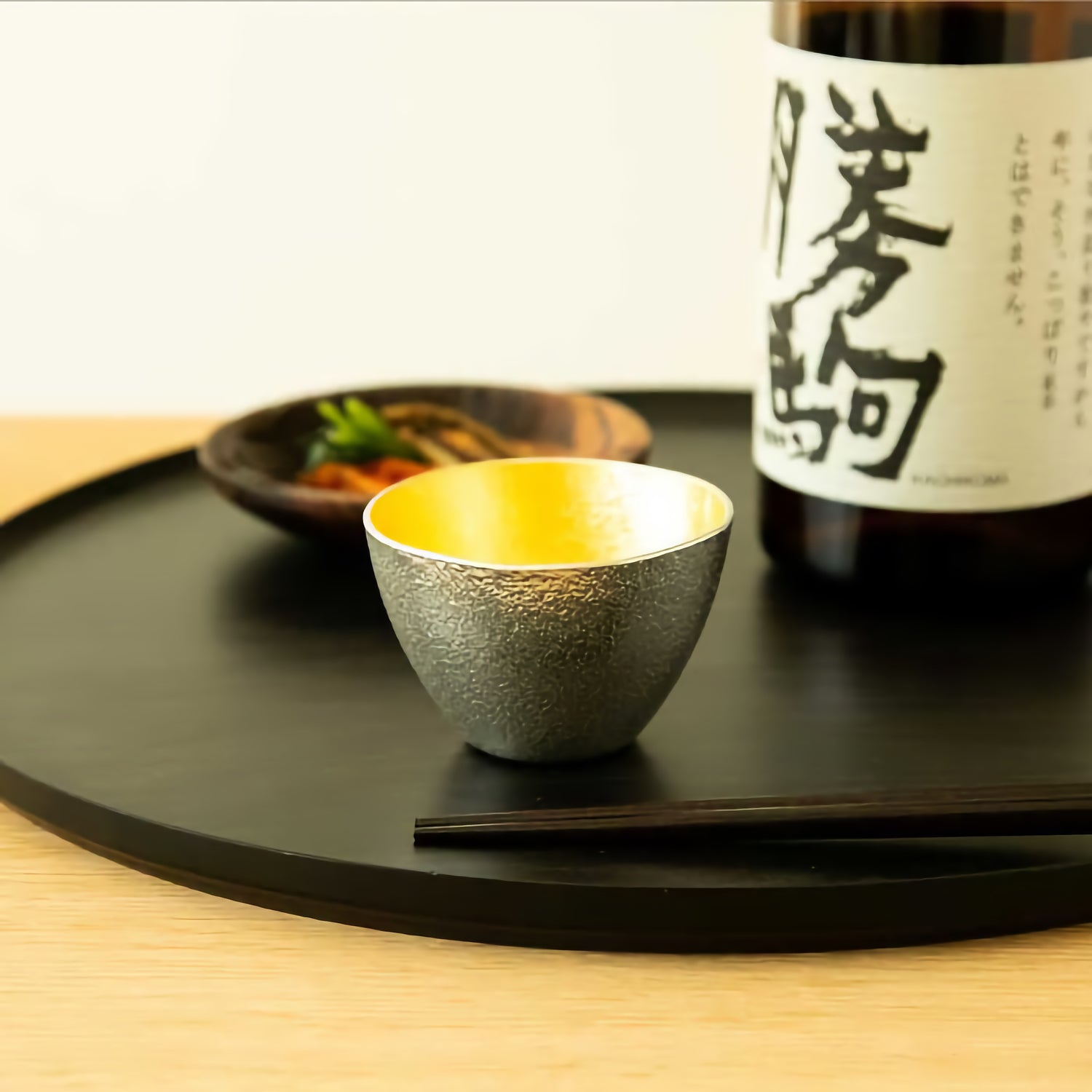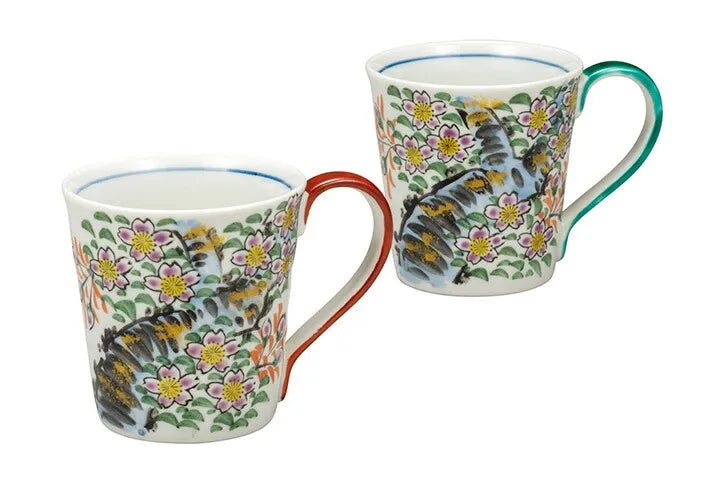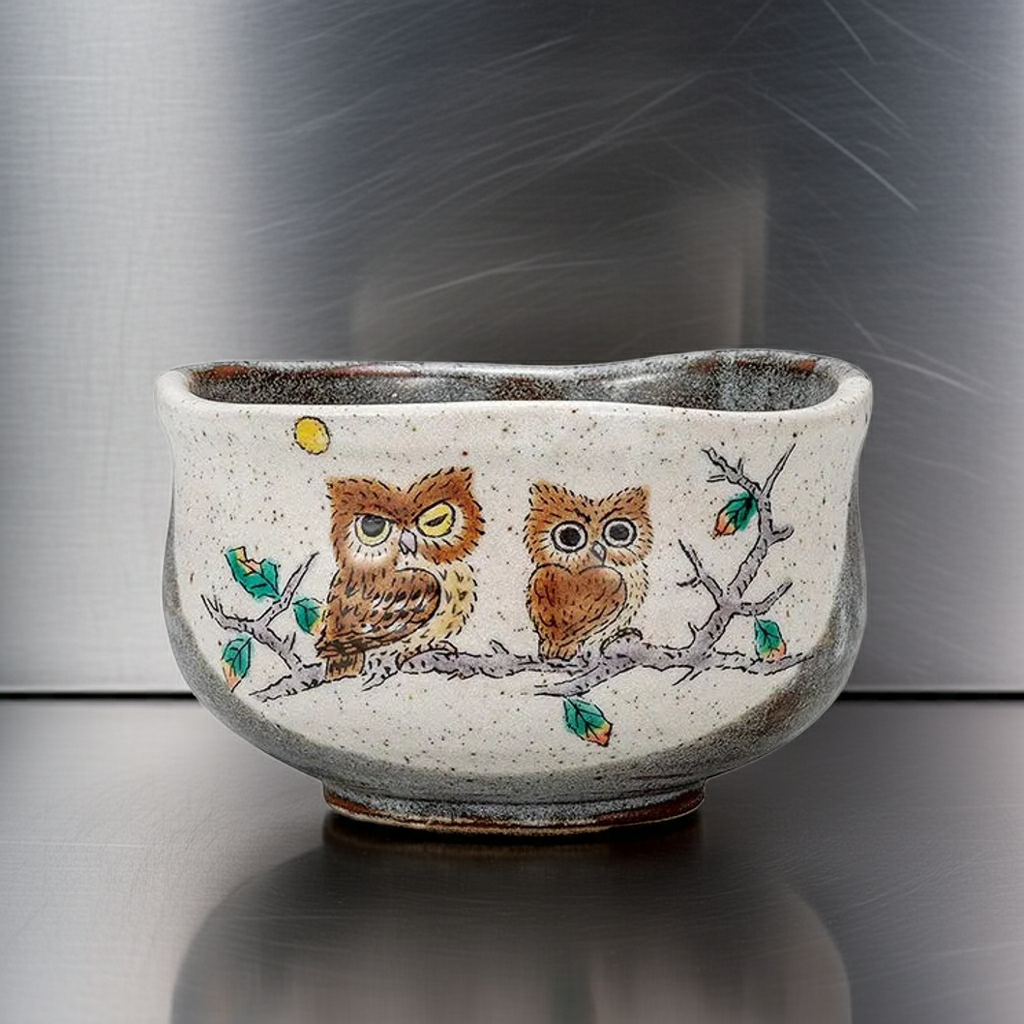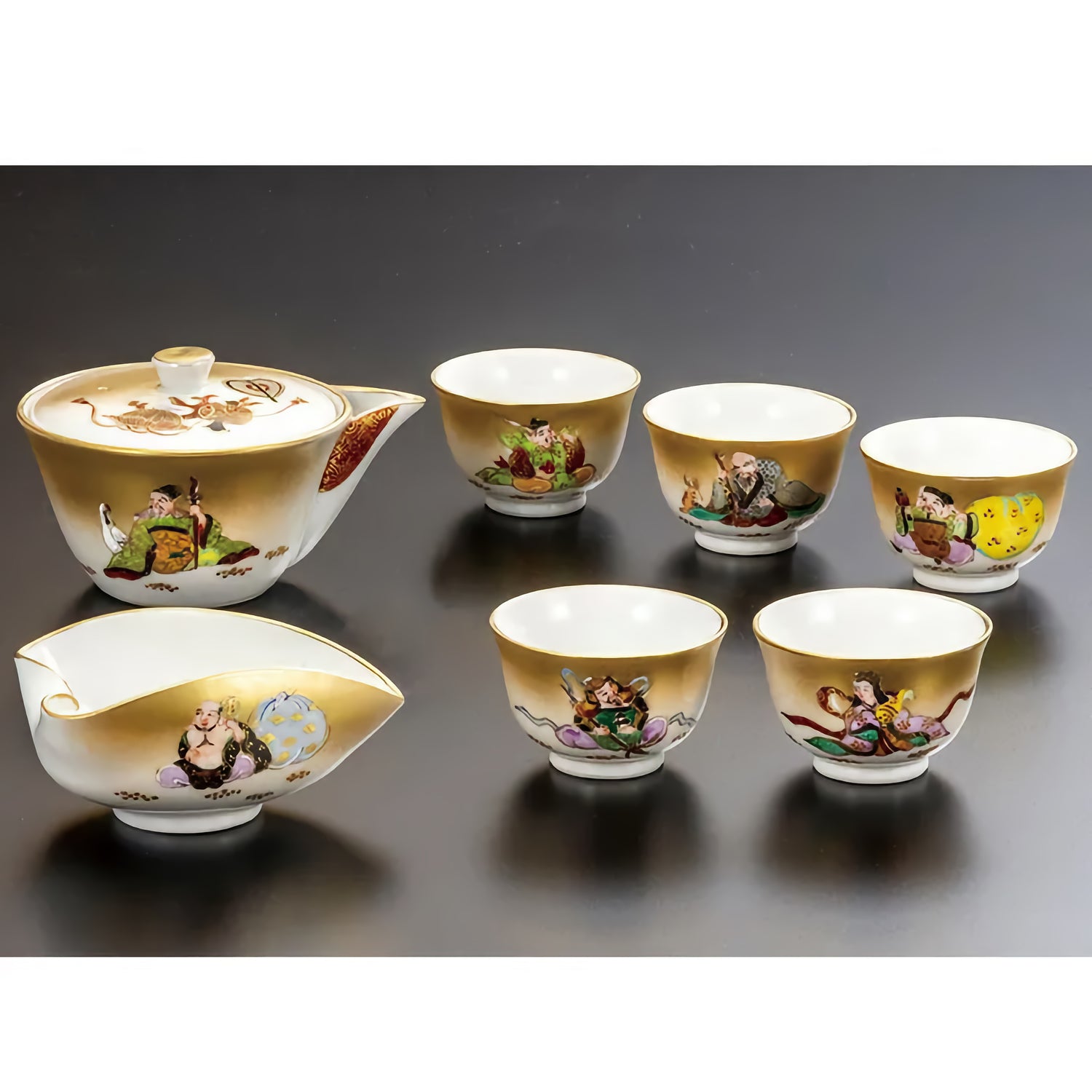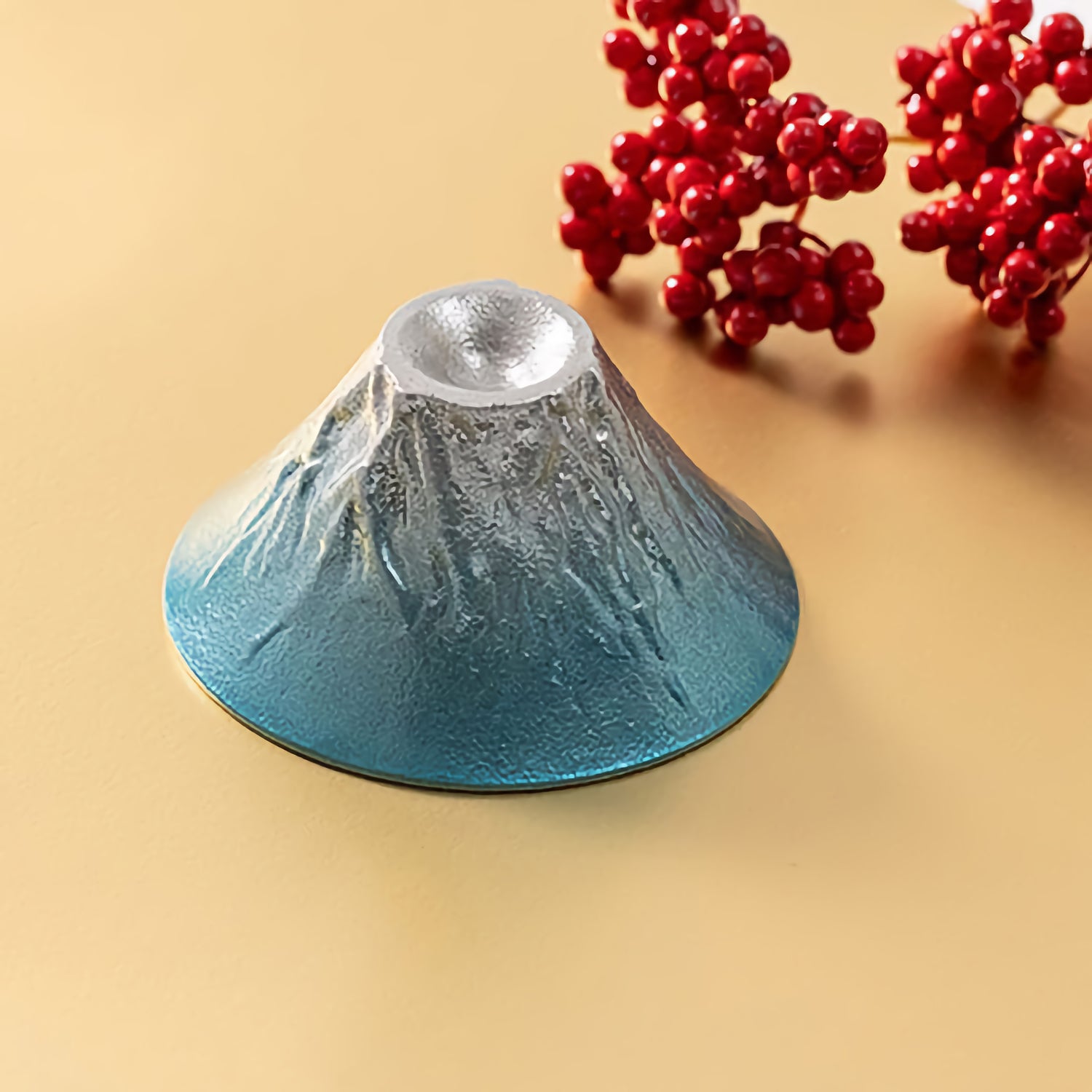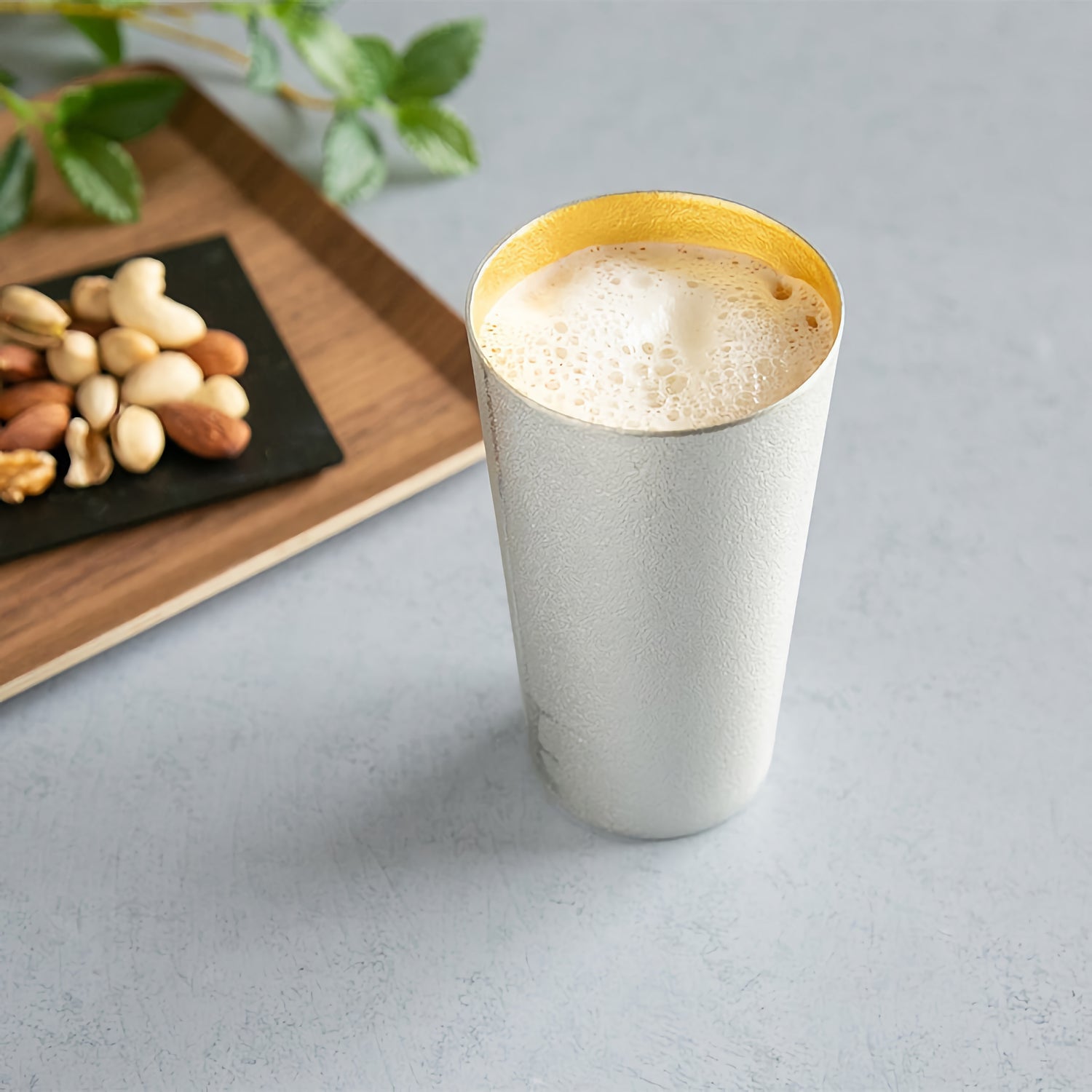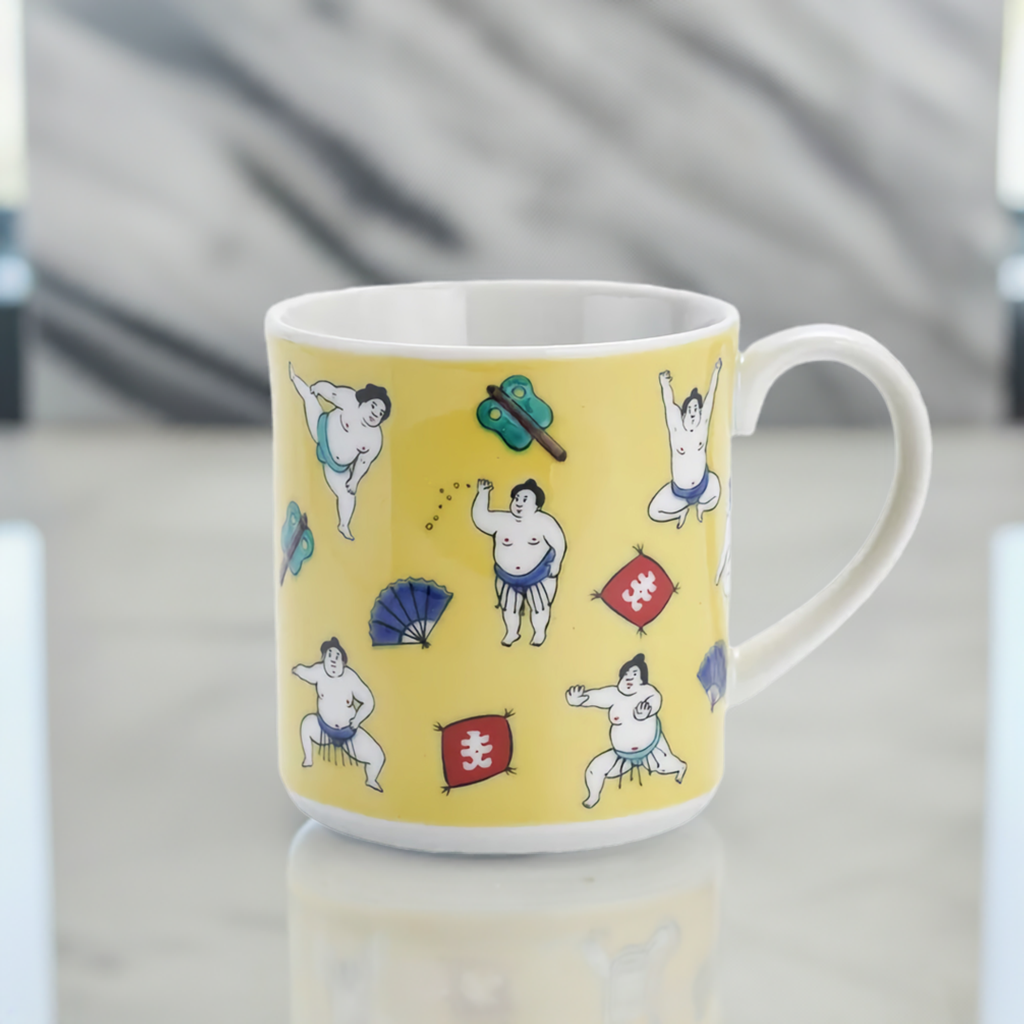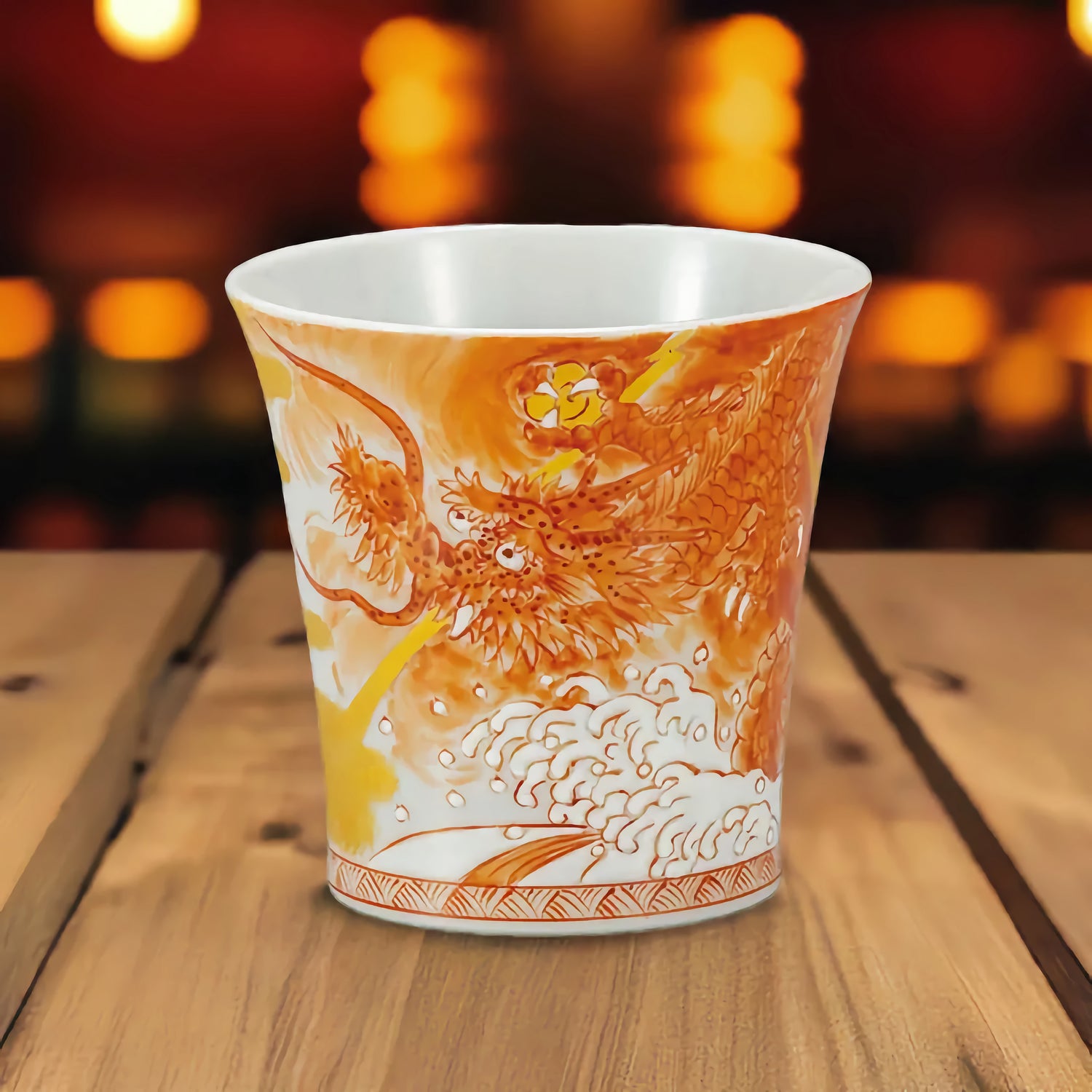Ginpo
Founded by Ginpo Toki, GINPO is a distinguished brand rooted in the legacy of Banko ware, crafted over four generations since 1932. Despite scarce local resources, relentless innovation and traditional techniques have produced products that seamlessly blend heritage with modern needs. Its signature series—Kikka, Hana Mishima, and Sumi-Kannyu—exemplify both elegance and practicality. With a meticulous five-stage production process combining artisanal skill and technology, GINPO consistently delivers exceptional quality from raw material to finished masterpiece.

About Ginpo
GINPO products enhance everyday life by combining superior quality with user-friendly design. Built on the legacy of master craftsmen whose skills have been passed down since the brand’s founding, they are manufactured under rigorous, integrated production management. Every stage—from material development and forming to glazing, firing, and inspection—is carefully controlled to ensure exceptional performance and durability.
The expertise and techniques cultivated over generations continue to shape GINPO’s craftsmanship. By uniting the skills of seasoned artisans with the precision of modern machinery, the brand weaves together experience and innovation at every step.

Why Ginpo
Lighter than Conventional Products
GINPO's clay pots are engineered to be 15% lighter than conventional models, achieved through optimizing a unique clay mix and design without sacrificing heat retention. Their enhanced form factor improves portability while maintaining performance.
Technologies The power of a roller machine and a pressure casting method are mainly used in the forming process. Through our cultivated forming technique, we consistently manufacture highly accurate, stable products. We have also designed the shapes of our products to ensure that the pot is not chipped by bumped against other objects.
The glazing and painting on the pot are finished both by machines and manually, through various methods suited to the respective models.
The firing, the final manufacturing process for our products, is performed in a brick tunnel kiln approximately 60m long. While a sagger: a container with products for firing on a cart is put into the kiln from one end and is slowly maneuvered through the tunnel to the exit at the opposite end, the products undergo continuous firing, during which pre-heating, firing and cooling are applied. A computer manages the firing process in order to finely adjust the temperature, so that each product is fired at the appropriate temperature over 24 hours.
Through ongoing research and development, GINPO products are continually refined using premium materials and advanced techniques. Looking ahead, the brand will continue to incorporate contemporary elements into its heat-resistant ceramics, enriching the dining experience and bringing lasting joy to the table.
Recently viewed
Featured collection
-

Kutani Ware
Kutani ware is a pottery produced in the Kaga region of Ishikawa Prefecture and it has a history of over 350 years. It is characterized by the heavy brilliance of the five colors of green, yellow, red, purple, and navy blue that are applied to the bold and daring lines. Its long history has evolved through the tireless efforts and enthusiasm of people who have sought innovation while maintaining tradition. The beauty of the various styles and methods of painting is known as "Japan Kutani" and is highly regarded around the world.
-

Mathca Bowl
A matcha bowl (chawan) is a traditional Japanese tea bowl used in the preparation and enjoyment of matcha during the tea ceremony. Its rounded form allows for smooth whisking with a bamboo whisk (chasen), and its design reflects the aesthetics of harmony, respect, purity, and tranquility — the core principles of Japanese tea culture.
-

Gold Leaf
Gold leaf (Kinpaku in Japanese) is an ultra-thin sheet of pure gold, traditionally used in Japanese art and craftsmanship.Each sheet is beaten to a thickness of approximately 0.0001 millimeters, so delicate that it can transmit light.For centuries, gold leaf has been used to adorn Buddhist statues, architecture, paintings, ceramics, and lacquerware, symbolizing eternal brilliance and luxury.In Kutani ware and other traditional crafts, artisans apply gold leaf onto the surface and fire it to create a rich texture and a sense of depth.Renowned for its luster and resistance to tarnish, gold leaf remains a timeless emblem of Japanese elegance and refinement.

